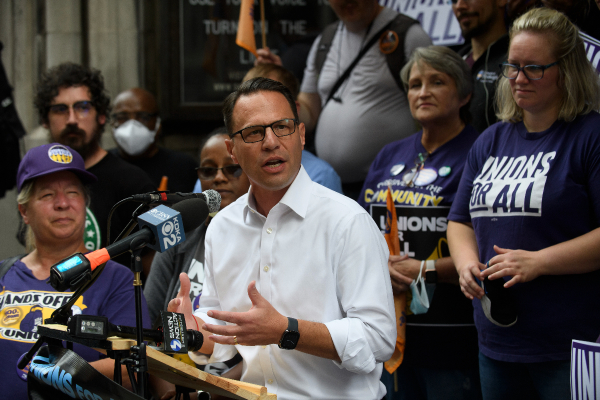Roe vs Wade Decided Without Factual Evidence, Author Finds
Roe vs. Wade, the 1973 Supreme Court case that legalized abortion, was decided without any case record of facts or evidence. This is just one of the findings of Clarke D. Forsythe in Abuse of Discretion: The Inside Story of Roe v. Wade, the most thorough account of the Roe decision since the release of most of the justice's court papers for the case.
The court papers of all but one of the justices, Chief Justice Warren Burger, have now been released. Forsythe's new book is the first to examine Roe in light of these new documents, he explained in a Monday interview with The Christian Post.
Forsythe served as president and senior counsel for Americans United for Life for 28 years. With that experience, he was already an expert on the decision itself. For Abuse of Discretion, he was able to explore how the judges reached that decision. One of his most suprising findings was that the judges came to their decision without any court presented factual evidence subject to cross examination.
Judges based their decision about the legality of abortion based upon claims, such as "abortion is safer than childbirth," made by pro-choice advocacy groups without any medical studies supporting those claims.
Forsythe provides the details in his chapter three, "The Red Flags the Justices Ignored: The Embarrassing Arguments in the Abortion Cases."
In all of the lower court hearings, which raised the question of the constitutionality of laws against abortion and led to the Supreme Court hearing the Roe case, "the parties did not present evidence – there were no trials – and the judges did not look at evidence," Forsythe wrote. "The federal court hearings in Roe and Doe were conducted without examination of medical or other evidence and without hearing witnesses subjected to cross-examination. Instead, both district courts in Texas and Georgia simply decided that 'the facts don't matter' (in the words of Georgia's attorney, Dorothy Beasley), and merely held two hour-long oral arguments, in which much of the time was taken up with procedural and jurisdictional questions" (pg. 92).
The claim that abortion is safer than childbirth was "at the very heart of the deliberations and decision in the abortion cases" (pg. 156), but there was no evidence presented in the case that it was true. Nine medical articles or essays (one was a letter to the editor) were submitted in the case. (They were submitted because of the lack of evidence presented in the lower courts.) But none of those articles claimed that, or even tested the hypothesis that, abortion is safer than childbirth.
Since 1973, there have been many studies conducted on the risks of abortion. Forsythe devotes one of his chapters to looking at those studies. The most reliable studies, he notes, use data from outside the United States because Roe and Doe left abortion clinics largely unregulated, which means that data collection has been sparse. Forsythe cites an increasing body of published, peer-reviewed studies documenting the risks associated with abortion.
Women who have had an abortion, for instance, are at greater risk of having a preterm or low birth weight baby in pregnancies following an abortion. They are also more likely to suffer from depression or substance abuse, and to attempt suicide or to harm themselves.
There are currently three abortion cases, Forsythe said, that have been appealed to the Supreme Court: Cline vs. Oklahoma Coalition for Reproductive Justice, Horne vs. Isaacson and Pruitt vs. Nova Health Systems. If the Court were to agree to hear one or more those cases (four justices have to agree), Forsythe believes the context will be much different than it was for Roe.
In 1973, when Roe was decided, the pro-life movement was in its infancy. The number of pro-choice amicus, or "friend of the court, briefs far outnumbered the few pro-life briefs in that case. The judges would also have 40 years of history showing the increase in the number of abortions (advocates of legal abortion claimed the number of abortions would decrease), the results of unregulated abortion clinics (such as Kermit Gosnell's abortion facility), medical studies showing the impact of abortion on women, and the advances in science which have led to a better understanding of fetal development and to views inside the womb with ultrasound.






















